A Study of Renal Insufficiency and the Risk of Developing Three Types of Fractures, with Results from Cross-Sectional Analysis and Mendelian Randomization
DOI: 10.23977/medsc.2025.060502 | Downloads: 12 | Views: 377
Author(s)
Lintao Zhang 1, Xue Yun 1, Shangyi Geng 2, Zhaopeng Fan 3, Hua Guo 3
Affiliation(s)
1 Department of Orthopaedics I, Xi'an Central Hospital, Xi'an, Shaanxi, China
2 School of Medicine, Xi'an Jiaotong University, Xi;an, Shaanxi, China
3 Department of Orthopedics I, Xi'an Fifth Hospital, Xi'an, Shaanxi, China
Corresponding Author
Lintao ZhangABSTRACT
This study aims to explore the correlation between renal insufficiency and three common types of fractures. An observational study was conducted using NHANES data from 1999 to 2010 (20,292 participants, weighted to 145,742,649 people). After weighted multivariate adjusted logistic regression analysis, it was found that renal insufficiency is a risk factor for the three types of fractures, and the negative correlation remains significant after adjusting for covariates. Mendelian randomization analysis showed that renal insufficiency has a causal relationship only with wrist fractures (IVW: OR = 1.0003, CI = 1.00004 - 1.00050, p = 0.02). The conclusion indicates a significant correlation and partial causal relationship between the two, and it is necessary to pay attention to the fracture risk of patients with renal insufficiency, explore the related mechanisms, and conduct in-depth research.
KEYWORDS
Renal Insufficiency, Fracture, NHANES, Mendelian RandomizationCITE THIS PAPER
Lintao Zhang, Xue Yun, Shangyi Geng, Zhaopeng Fan, Hua Guo, A Study of Renal Insufficiency and the Risk of Developing Three Types of Fractures, with Results from Cross-Sectional Analysis and Mendelian Randomization. MEDS Clinical Medicine (2025) Vol. 6: 7-17. DOI: http://dx.doi.org/10.23977/medsc.2025.060502.
REFERENCES
[1] Wang, D., Fan, G., Liu, X., Wu, S. & Zhai, Z. Renal Insufficiency and Short-Term Outcomes of Acute Pulmonary Embolism: A Systemic Review and Meta-Analysis. Thromb Haemost 120, 1025-1034, doi:10.1055/s-0040-1712459 (2020).
[2] Global, regional, and national burden of chronic kidney disease, 1990-2017: a systematic analysis for the Global Burden of Disease Study 2017. Lancet 395, 709-733, doi:10.1016/s0140-6736(20)30045-3 (2020).
[3] Francis, A. et al. Chronic kidney disease and the global public health agenda: an international consensus. Nat Rev Nephrol 20, 473-485, doi:10.1038/s41581-024-00820-6 (2024).
[4] Wang, Y. et al. Association between weight status, metabolic syndrome, and chronic kidney disease among middle-aged and elderly Chinese. Nutr Metab Cardiovasc Dis 30, 2017-2026, doi:10.1016/j.numecd.2020.06.025 (2020).
[5] Wang, J. et al. Obesity Without Metabolic Abnormality and Incident CKD: A Population-Based British Cohort Study. Am J Kidney Dis 79, 24-35.e21, doi:10.1053/j.ajkd.2021.05.008 (2022).
[6] Anand, S., Chertow, G. M. & Beddhu, S. Obesity and Incident Kidney Disease: Busting the Myth of Metabolically Healthy Obesity. Am J Kidney Dis 79, 7-8, doi:10.1053/j.ajkd.2021.08.008 (2022).
[7] Wakasugi, M., Kazama, J. J. & Narita, I. High rates of death and hospitalization follow bone fracture among hemodialysis patients. Kidney Int 86, 649, doi:10.1038/ki.2014.156 (2014).
[8] Chen, H., Lips, P., Vervloet, M. G., van Schoor, N. M. & de Jongh, R. T. Association of renal function with bone mineral density and fracture risk in the Longitudinal Aging Study Amsterdam. Osteoporos Int 29, 2129-2138, doi:10.1007/s00198-018-4592-8 (2018).
[9] Bezerra de Carvalho, K. S. et al. Chronic kidney disease is associated with low BMD at the hip but not at the spine. Osteoporos Int 30, 1015-1023, doi:10.1007/s00198-019-04864-4 (2019).
[10] Elliott, M. J. et al. Estimated GFR and fracture risk: a population-based study. Clin J Am Soc Nephrol 8, 1367-1376, doi:10.2215/cjn.09130912 (2013).
[11] Park, R. M. & An, Y. Continuous NHANES survey data for environmental ambient and occupational hazard identification-feasibility and preliminary findings for osteoporosis and kidney disease. J Occup Environ Hyg 19, 489-499, doi:10.1080/15459624.2022.2088769 (2022).
[12] Ference, B. A., Holmes, M. V. & Smith, G. D. Using Mendelian Randomization to Improve the Design of Randomized Trials. Cold Spring Harb Perspect Med 11, doi:10.1101/cshperspect.a040980 (2021).
[13] Hemani, G. et al. The MR-Base platform supports systematic causal inference across the human phenome. Elife 7, doi:10.7554/eLife.34408 (2018).
[14] Skrivankova, V. W. et al. Strengthening the Reporting of Observational Studies in Epidemiology Using Mendelian Randomization: The STROBE-MR Statement. Jama 326, 1614-1621, doi:10.1001/jama.2021.18236 (2021).
[15] Boehm, F. J. & Zhou, X. Statistical methods for Mendelian randomization in genome-wide association studies: A review. Comput Struct Biotechnol J 20, 2338-2351, doi:10.1016/j.csbj.2022.05.015 (2022).
[16] Burgess, S., Bowden, J., Fall, T., Ingelsson, E. & Thompson, S. G. Sensitivity Analyses for Robust Causal Inference from Mendelian Randomization Analyses with Multiple Genetic Variants. Epidemiology 28, 30-42, doi:10. 1097/ede. 0000000000000559 (2017).
[17] Alem, A. M. et al. Increased risk of hip fracture among patients with end-stage renal disease. Kidney Int 58, 396-399, doi:10.1046/j.1523-1755.2000.00178.x (2000).
[18] Kattah, A. G., Titan, S. M. & Wermers, R. A. The Challenge of Fractures in Patients with Chronic Kidney Disease. Endocr Pract, doi:10.1016/j.eprac.2024.12.018 (2024).
[19] Hsu, C. Y., Chen, L. R. & Chen, K. H. Osteoporosis in Patients with Chronic Kidney Diseases: A Systemic Review. Int J Mol Sci 21, doi:10.3390/ijms21186846 (2020).
[20] Hu, M. C. et al. Klotho deficiency causes vascular calcification in chronic kidney disease. J Am Soc Nephrol 22, 124-136, doi:10.1681/asn.2009121311 (2011).
[21] Gutierrez, O. et al. Fibroblast growth factor-23 mitigates hyperphosphatemia but accentuates calcitriol deficiency in chronic kidney disease. J Am Soc Nephrol 16, 2205-2215, doi:10.1681/asn.2005010052 (2005).
[22] Malluche, H. H., Mawad, H. & Koszewski, N. J. Update on vitamin D and its newer analogues: actions and rationale for treatment in chronic renal failure. Kidney Int 62, 367-374, doi:10.1046/j.1523-1755.2002.00450.x (2002).
[23] Llach, F. Secondary hyperparathyroidism in renal failure: the trade-off hypothesis revisited. Am J Kidney Dis 25, 663-679, doi:10.1016/0272-6386(95)90541-3 (1995).
[24] Tartaglione, L. et al. Positioning novel biologicals in CKD-mineral and bone disorders. J Nephrol 30, 689-699, doi:10.1007/s40620-017-0410-1 (2017).
[25] Colditz, J. et al. Osteogenic Dkk1 Mediates Glucocorticoid-Induced but Not Arthritis-Induced Bone Loss. J Bone Miner Res 34, 1314-1323, doi:10.1002/jbmr.3702 (2019).
[26] Evenepoel, P., D'Haese, P. & Brandenburg, V. Sclerostin and DKK1: new players in renal bone and vascular disease. Kidney Int 88, 235-240, doi:10.1038/ki.2015.156 (2015).
[27] Bonjour, J. P. Nutritional disturbance in acid-base balance and osteoporosis: a hypothesis that disregards the essential homeostatic role of the kidney. Br J Nutr 110, 1168-1177, doi:10.1017/s0007114513000962 (2013).
| Downloads: | 10068 |
|---|---|
| Visits: | 679528 |
Sponsors, Associates, and Links
-
Journal of Neurobiology and Genetics
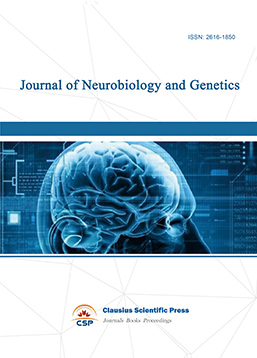
-
Medical Imaging and Nuclear Medicine
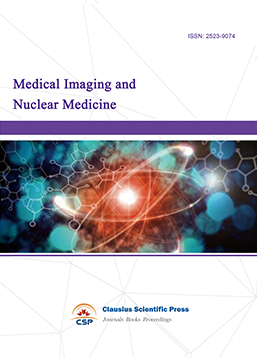
-
Bacterial Genetics and Ecology

-
Transactions on Cancer
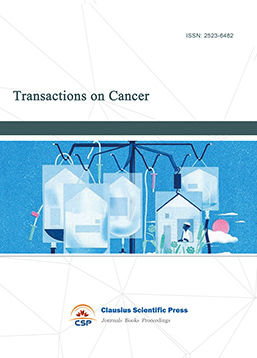
-
Journal of Biophysics and Ecology

-
Journal of Animal Science and Veterinary
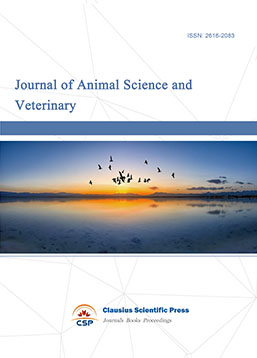
-
Academic Journal of Biochemistry and Molecular Biology

-
Transactions on Cell and Developmental Biology

-
Rehabilitation Engineering & Assistive Technology
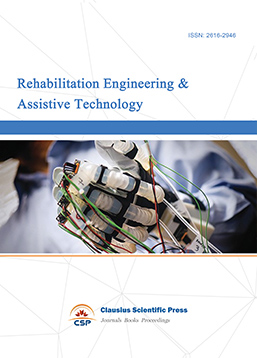
-
Orthopaedics and Sports Medicine
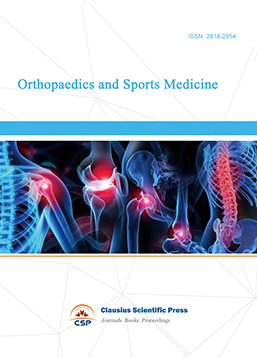
-
Hematology and Stem Cell
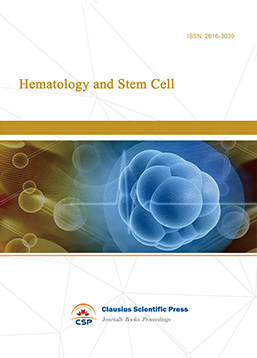
-
Journal of Intelligent Informatics and Biomedical Engineering
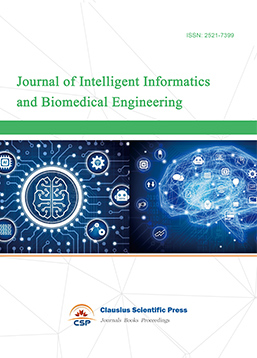
-
MEDS Basic Medicine
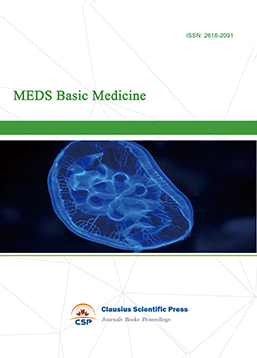
-
MEDS Stomatology
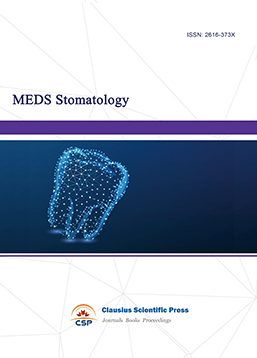
-
MEDS Public Health and Preventive Medicine
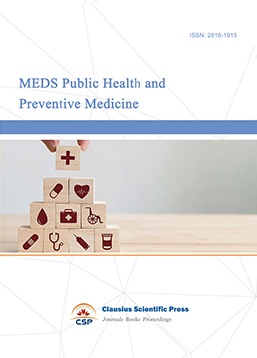
-
MEDS Chinese Medicine
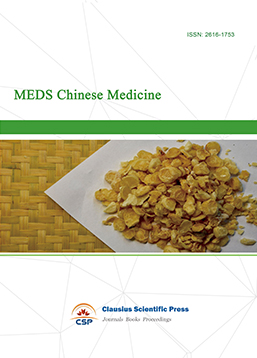
-
Journal of Enzyme Engineering
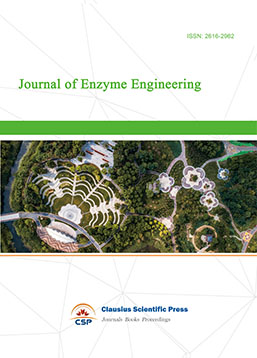
-
Advances in Industrial Pharmacy and Pharmaceutical Sciences
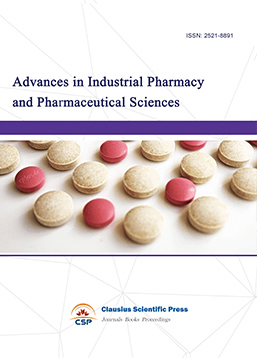
-
Bacteriology and Microbiology

-
Advances in Physiology and Pathophysiology
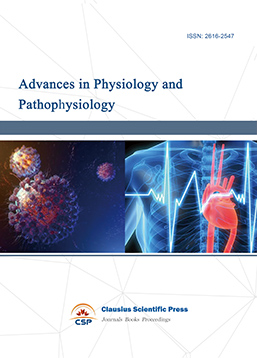
-
Journal of Vision and Ophthalmology
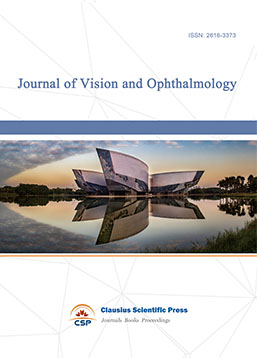
-
Frontiers of Obstetrics and Gynecology
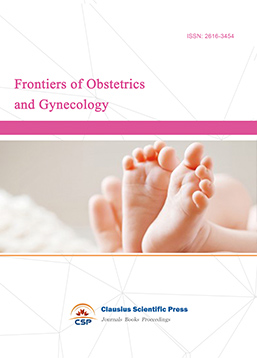
-
Digestive Disease and Diabetes
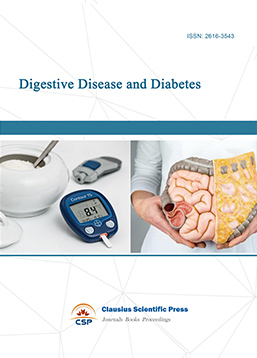
-
Advances in Immunology and Vaccines

-
Nanomedicine and Drug Delivery
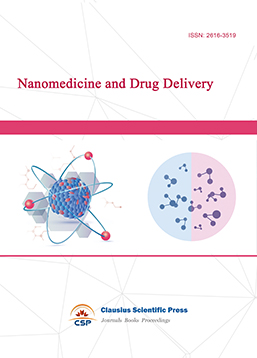
-
Cardiology and Vascular System
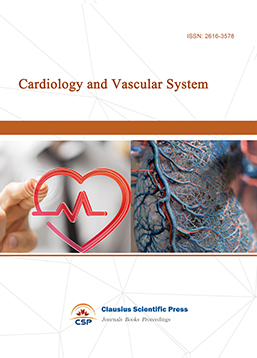
-
Pediatrics and Child Health
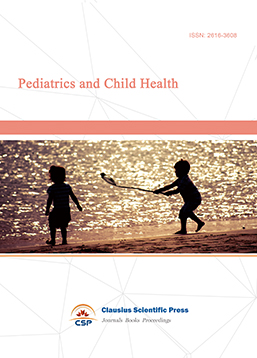
-
Journal of Reproductive Medicine and Contraception
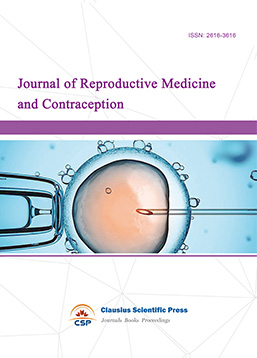
-
Journal of Respiratory and Lung Disease
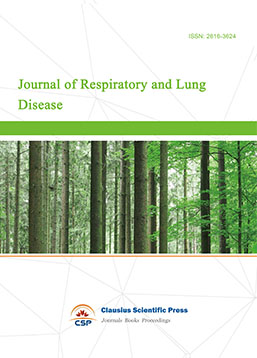
-
Journal of Bioinformatics and Biomedicine
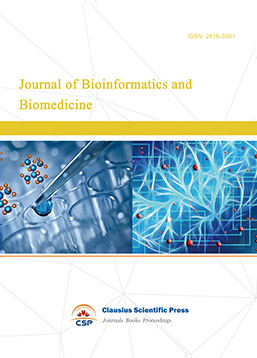

 Download as PDF
Download as PDF